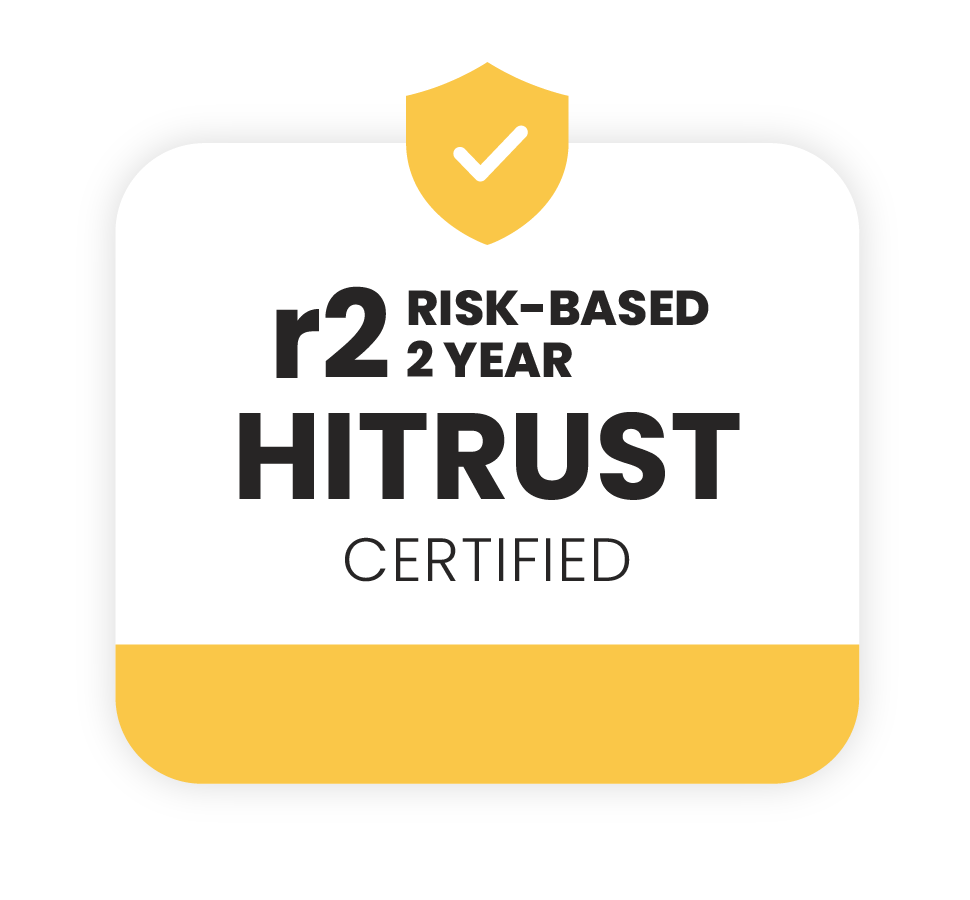What is the current CEP landscape?
$19.3bn
The global customer engagement solutions market size in 2022
70%
Average revenue increase for companies investing in CEP tools
86%
Customers willing to pay more for a better customer experience
What is a customer engagement platform?
Most businesses leverage a suite of tools to manage customer data and oversee different phases of the customer journey. However, this can lead to fragmentation and breaks in the chain – which translate to sub-par CX. This is where the CEP comes in. It enables businesses to:
-
Centralize and manage customer interactions in one place.
This includes access to customer communications and behavior insights.
-
Communicate and engage quickly with customers across all channels within one platform.
This allows you to easily keep track of all touchpoints with every customer, reducing missed opportunities and ensuring that every interaction is handled in a consistent manner.
-
Understand and analyze the complete customer engagement journey.
You can track data points, such as: which channels customers use to interact with your business; how often they reach out; and what types of issues they have. Businesses can also gain valuable insights into where customers are getting stuck and what needs to be improved.
How does a customer engagement platform differ from a customer communications platform?
Good question!
A customer communications platform can be a powerful tool. The main difference is that these solutions focus on customer communications. Typically, they don’t work as hard to loop in internal teams. They are also more narrowly concerned with communications, and don’t engage with the broader picture of engagement, such as proactive reach-outs, analytics, and the long-term nurturing of relationships. In short, a communications platform offers less customer lifecycle coverage.
By contrast, a CEP empowers businesses to:
-
Move beyond communication endpoints and into the entire customer journey.
It assists in managing customer interactions and data. It enables businesses to unify their customer communications, get insights into customer behavior, and automate customer processes.
-
Provide the highest level of trust and security.
How? Through encryption of all data in transit and at rest, as well as two-factor authentication to protect customer accounts.
-
Deploy trusted AI-enabled agents and customer experiences.
Through a combination of machine learning and Natural Language Processing (NLP), businesses can automate customer processes and create a hyper-personalized customer experience.
What role does UCaaS play in this?
The cloud delivery model Unified communications as a service (UCaaS) offers a variety of communication and collaboration applications and services which includes messaging, telephony, mobility, and video conferencing.
Customer engagement platforms include UCaaS features but go beyond the capabilities of a UCaaS platform.
Where UCaaS blends internet-based phone and messaging services to provide a full communication stack, CEP appends those capabilities by tapping into the customer journey to generate insights, automating processes with AI-powered experiences, and ensuring security and compliance across the tech stack.
How does a customer engagement platform empower businesses?
43%
Increase in first call resolution rate*
49%
Decrease in response time and issue resolution*
23%
Decrease in time-to-close rate (for banks and finserv)*
100%
Reportage on first call resolution rate
3x
Reduction in call abandonment
rate (from 12.5% to 4%)*
In the history of customer service, this is a transformative time. Technologies such as AI, big data, and the cloud are evolving at an unprecedented rate, offering more scale and automation than ever. With nearly unlimited computing power and AI on top of it, we’re reaching the point where the marginal cost of intelligence is approaching zero.
Why does this matter? At its center, data is not the core cost but multimodal intelligence is. At the same time, customers still crave the same attention and personalization as they always have. With empathetic and compassionate humans in control of AI, we’re able to hone in on what we do best, which is to relate to one another.
The CEP enables companies to delight their customers while helping them drive business goals. Through this new computing power, we are able to leverage AI to add in the contextual human feel if and only when it’s actually needed.
-
Improve customer retention and loyalty
According to Gallup, increasing customer engagement boosts customer loyalty by 25%. A customer engagement platform can help businesses improve customer retention by providing the tools necessary to manage customer relationships most effectively.
How might this make a difference? Organizations that invest heavily in AI-CEP will have the advantage of driving even further engagement than only 25%. For example, Gartner predicts that by 2030 nearly 80% of financial institutions will be out of business and or irrelevant. Furthermore, McKinsey states that more than $1 trillion dollars are being invested in AI by financial institutions alone. If this is just one example of how organizations are investing in AI, what might this look like across multiple other industries?
Additionally, amidst the ongoing shift to a cookieless internet, businesses now must rely on their own data to understand consumers. Customer engagement platforms allow businesses to generate first-party customer behavior, without relying on third-party cookies. This allows them to create real-time customer profiles, and nurture loyalty over time.
-
Increase sales
A customer engagement platform can help businesses increase sales by providing them with the tools they need to manage customer interactions effectively. According to Gallup, businesses who increase their customer engagement efforts see 66% higher sales growth and a 10% increase in net profit.
-
Drive Performance
By providing insights into customer behavior and providing valuable information about how customers interact with a brand, businesses can drive performance by establishing which strategies do and don’t create engagement. They can identify areas where they can improve their customer experience and marketing strategies.
-
Deliver a hyper-personalized experience
Customer engagement platforms automate customer-facing processes and provide a self-service option for customers. This helps businesses reduce the need for customer service agents and increase efficiency via virtual assistants.
A customer engagement platform can also automate many of the processes involved in managing customer interactions, such as lead capture, follow-up, and data entry. This helps businesses save even more time and staff resources.
LinkLive by the Numbers
20+
years of successful product delivery.
750+
organizations rely on LinkLive.
1bn+
secured customer sessions to date.
10+
years as a customer engagement leader.
30m
patients served by our healthcare platform.
80m+
digital banking users served.



